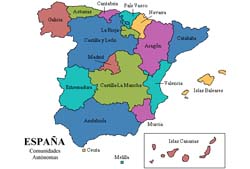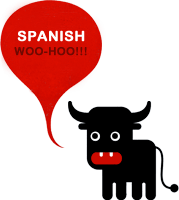Autonomous Communities of Spain

One of the most interesting and controversial aspects that visitors encounter in Spain is the division of its communities and regions, especially in terms of linguistic and cultural differences. Although the country itself falls under the umbrella of the 1978 post-Franco, decentralised Spanish government, the country is effectively split into 17 autonomous communities of which each has their own local government and budget and therefore holds a degree of power over their own communities. Autonomous governments are responsible for the education, urban development and health and social status of their own community allowing each individual citizen to not only to have a greater say in the running of their region, but also gives them the freedom and possibility to embrace and promote their own, unique cultural differences.
Spain is split into 17 autonomous communities comprising of:
- Galicia
- Asturias
- Cantabria
- Basque Country
- Navarre
- Aragon
- Catalonia
- Castile and Leon
- La Rioja
- Extremadura
- Madrid
- Castile-La Mancha
- Valencia
- Andalusia
- Murcia
- Canary Islands
- Balearic Islands
- The country is also home to two autonomous cities: Melilla and Ceuta which lie across the water on the border of Morocco
It was during the transition to democracy in the late 1970’s that each nation was permitted to apply to be granted autonomy, an idea that had been prohibited under the rule of Franco, allowing communities the freedom that they had yet to experience or that they had lost due to Civil War. As a result the entirety of the country was eventually split up to resemble a giant jigsaw puzzle which, though not the same, resembles the splitting up of the states of America. The details and rules as to the granting of autonomy were later described in the 1978 Spanish constitution.
Although Castilian remains the official language across all 17 autonomous regions, the local governments of Catalonia, Galicia and the Basque country were also able to grant official status to their own, regional languages within their communities. For example, Catalan is a co-official language in Catalonia, Galician in Galicia and Basque in the Basque country.









